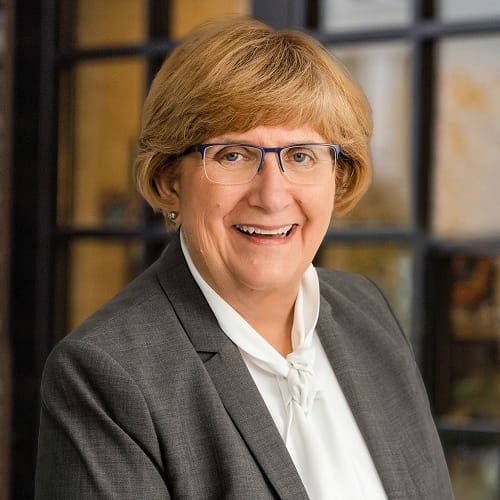
Did you know stroke is the leading cause of serious long-term disability and the fifth leading cause of death in the US? And while there’s a greater risk of stroke with age, they can occur at any time. Luckily, strokes are preventable and treatable, if you act F.A.S.T.
Stroke Explained
Stroke occurs when blood flow to the brain is blocked. Brain cells start to die within minutes when they can’t get oxygen, causing stroke symptoms.
There are two major types of stroke: ischemic and hemorrhagic. 87% of stroke are ischemic—when blood clots block the flow of blood to the brain. Hemorrhagic stroke happens when an artery in the brain ruptures.
Risk Factors
There are several conditions that can lead to a stroke. Transient Ischemic Attack (TIA) is also known as a “mini-stroke” and is a warning sign of a future occurrence. TIA’s only block the blood flow to the brain for a short amount of time but are just as serious as a major stroke. In fact, more than a third of people who experience a TIA and don’t get treated will have a major stroke within a year.
High blood pressure, high cholesterol, heart disease, diabetes, and sickle cell disease can all increase your risk of stroke. If you are being treated for one of these conditions, make sure to work with your doctor to lower your risk.
Family history may also play a role. Stroke risk can be higher in some families, and your chances of experiencing a stroke can be higher or lower depending on age, sex, race or ethnicity.
F.A.S.T.
The easiest way to remember the four major stroke symptoms is F.A.S.T. If you notice anyone showing these signs, call 9-1-1 immediately:
F: FACE
Ask the person to smile. You may notice one side is drooping, or their smile is uneven.
A: ARM WEAKNESS
Ask the person to raise both arms. Is one arm drifting down?
S: SPEECH
Ask the person to repeat a simple phrase. They may slur their speech or have difficulty speaking.
T: TIME TO CALL 9-1-1
If the person shows any of the signs above, call 9-1-1 and get them to a hospital immediately.
Other Symptoms You Should Know
Aside from F.A.S.T. there are other symptoms that can arise in the wake of a stroke. Be on high alert if you notice:
- Numbness or weakness of face, arm, or leg on one side of the body
- Confusion or trouble understanding speech
- Sudden vision problems in one or both eyes
- Difficulty walking, or loss of balance and coordination
- Sudden severe headache
- Difficulty swallowing
- Muscle stiffness
- Involuntary eye movements
Lower Your Risk
In order to prevent or lower your risk for stroke, it’s important to implement healthy habits. Up to 80% of strokes can be prevented by adopting a healthy lifestyle.
As with most conditions, healthy diet, physical activity, and maintaining a healthy weight reduce your risk of stroke. Choose foods low in saturated and trans fats, and high in fiber. Limit salt intake and shoot for 2.5 hours of physical activity each week. If you smoke, consider quitting, and try to keep alcohol intake to no more than one or two drinks per day.
Recovery
Recovery time post stroke varies by person. Some can recover within weeks, while some will experience the effects for years. Some people make a full recovery, while others will be left with long-term disabilities. Speech, physical and occupational therapies can help those who have trouble speaking, moving, or performing daily activities post stroke.
If you have experienced a stroke, you’re at high risk for recurrence. Work with your doctor to treat the causes and prevent another one from happening. If you think someone may be experiencing a stroke, don’t hesitate to call 9-1-1. Your quick action can be lifesaving!
